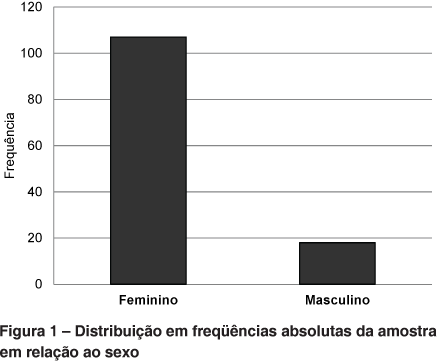PURPOSE: to check the main signs and symptoms of a sample of patients with temporomandibular dysfunction that were or are under orthodontic treatment and observe if there was a possible multidisciplinary treatment. METHODS: data from 125 medical records collected in a orthodontic clinic located in Sorocaba and the analyzed items were: gender, age, profession, complains, three main signs and symptoms of the patients and if they had been submitted to evaluation with a speech therapist, physiotherapist and psychological. RESULTS: feminine predominance, being 107 women (85.6%) and 18 men (14.4%). Average of age: 35 year-old, being the smallest age 14 years and the largest 74 years. Relationship of temporomandibular dysfunction with the professions: 43 - (34.4%) were professional with contract of employment. Complaint brought by the patient: pain in the area of temporomandibular articulation and masseter: 86 - (68.8%). Three main signs and symptoms observed in the orthodontic evaluation: pain in the temporomandibular articulation and masseter area: 98 - 78.4%; unilateral cracks: 55 - 44% and locking: 23 - 18.4%. Conduct of referrals: speech therapy 59 - (47, 2%); physiotherapy 40 (32%) and psychology 53 (42.4%). CONCLUSION: in the researched sample, the prevalence of cases related to temporomandibular dysfunction was higher in the feminine gender, with pain complaint. The main signs and symptoms were: pain, unilateral crack and locking and there was a referral for multidisciplinary cares for speech therapy, physiotherapy and psychology areas.
Temporomandibular Articulation Dysfunction Syndrome; Sign; Symptoms; Facial Pain




